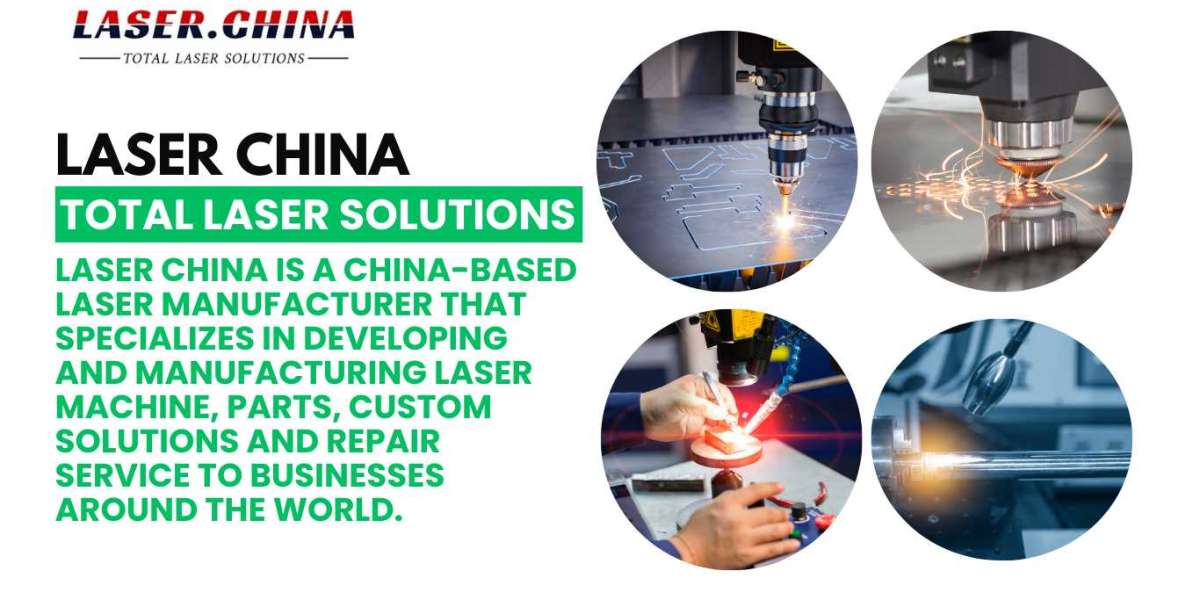A fiber laser lens is an essential optical component used in fiber laser systems to manipulate and focus the laser beam emitted from a fiber laser source. These lenses are specifically designed to manage the high-intensity, coherent light produced by fiber lasers, ensuring that it can be effectively used for a variety of applications, including cutting, welding, marking, and engraving. To understand the role of fiber laser lenses, it is important to explore their functionality, design, and impact on system performance.
What is a Fiber Laser Lens?
A fiber laser lens is a type of lens used to focus, collimate, or shape the output of a fiber laser. Fiber lasers, which are based on an optical fiber doped with a rare-earth element (such as ytterbium, erbium, or neodymium), produce laser light that is typically guided through the fiber and then directed out of the fiber tip. The laser light emitted from the fiber often needs to be manipulated to suit specific tasks, such as focusing it onto a workpiece for laser cutting or welding. This is where fiber laser lenses come into play.
Fiber laser lenses are typically made from high-quality optical materials such as fused silica, which has excellent transmission properties for the wavelengths emitted by fiber lasers (usually around 1 µm for ytterbium-doped fiber lasers). These lenses are carefully designed to handle the high power and precision requirements of fiber laser systems.
Functionality of Fiber Laser Lenses
Fiber laser lenses serve several key functions within a laser system:
Focusing the Laser Beam: One of the primary roles of a fiber laser lens is to focus the laser beam onto the workpiece with high precision. The ability to focus the beam accurately allows for fine control over the laser's impact on the material, enabling precise cutting, welding, and engraving. The focal length of the lens determines how tightly the beam can be focused, which is important for achieving high-quality results in applications such as micro-machining or fine marking.
Collimating the Beam: When the laser light exits the fiber, it may initially spread out or diverge. Collimating lenses are used to make the laser beam parallel, which is essential for ensuring that the beam remains consistent in shape and intensity over long distances. Collimation helps maintain the laser's focus and power density, which is important for processes like laser engraving or long-distance laser transmission.
Shaping the Beam: Fiber laser lenses are also used to shape the laser beam in specific ways. This could involve changing the beam’s spot size, creating specific intensity distributions, or adjusting the beam profile. Lenses with particular geometries, such as cylindrical or aspheric lenses, can be employed to tailor the beam to the requirements of the application.
Protecting the System: In some cases, fiber laser lenses are part of protective systems that shield other components of the laser from damage. For example, beam-shaping lenses can help diffuse the light, reducing the intensity that reaches sensitive components.
Types of Fiber Laser Lenses
There are several types of lenses used in fiber laser systems, each with specific applications:
Focusing Lenses: These are used to concentrate the laser light into a small spot on the target material. The power density at the focus is what determines the material's interaction with the laser, such as melting, cutting, or engraving.
Beam-shaping Lenses: These lenses are designed to modify the beam profile, for instance, creating a uniform intensity distribution across the entire spot. This is particularly important in applications where the laser beam needs to cover a large surface evenly.
Collimating Lenses: As mentioned, these lenses are used to turn a diverging beam into a collimated (parallel) beam, helping to maintain beam quality over long distances.
Beam Splitters and Filters: In certain configurations, fiber laser lenses may include beam-splitting components, which divide the beam into multiple beams for various applications, or filters that allow only certain wavelengths to pass through.
Importance of Fiber Laser Lenses in Performance
The performance of a fiber laser system depends heavily on the quality and precision of its optical components, including the lenses. Well-designed fiber laser lenses ensure that the laser light is directed and focused effectively, resulting in high-quality outcomes in cutting, welding, and other industrial processes. The accuracy of the lens in focusing the beam, the ability to handle high power densities without distortion, and the minimal loss of light through the lens material all directly impact the efficiency and performance of the fiber laser system.
Conclusion
Fiber laser lenses are critical to the optimal functioning of fiber laser systems, facilitating the precise control of the laser beam for various industrial and scientific applications. Whether focusing, collimating, or shaping the beam, these lenses ensure that the high-intensity, coherent light produced by fiber lasers is used effectively. By enhancing the beam quality and controlling its properties, fiber laser lenses help achieve high-precision results, making them indispensable components in advanced manufacturing, medical, and research applications.














